Gran Canaria is blessed with many of the conditions required for the observation of the universe.It has high peaks, plus clear, clean and dark skies with little wind. For this reason star gazing enthusiasts can enjoy a front row seat looking up to the sky at different vantage points all over the round island.
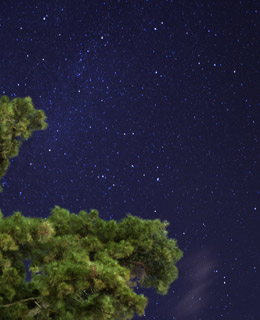
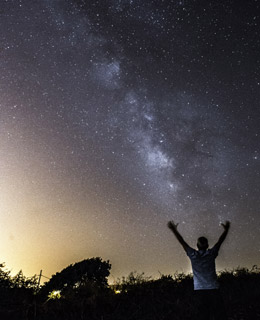
The best vantage points are dotted around the highest points on the island, thanks to a cloud phenomenon known by the Gran Canarians as the “Donkey’s Belly”, which helps to gain a sharper picture of the images. The “Donkey’s Belly” draws in clouds to an altitude no higher than 500 metres above sea level, serving as a protective screen from the city lights and blocking out light contamination, allowing for a superior viewing of the stars.
Along with these fine sky conditions, astronomy on the island has grown thanks to organizations such as the Temisas Astronomic Observatory, and the Roque Saucillo Astronomy Centre, who run a non-stop calendar of activities all year round. Some of the activities are organised in the observatory itself, while others are programmed at other locations around Gran Canaria.
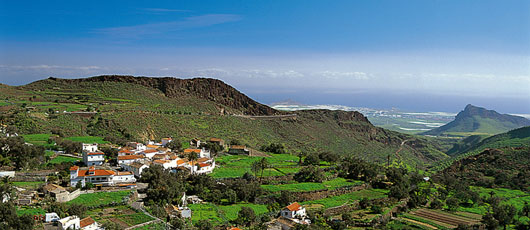
The Temisas Observatory is set in a stunningly beautiful enclave, at a little hamlet near to one of the leading olive groves in the Canaries. The village contains the remains of old oil mills dating back to the 16th century, while many farmers keep this tradition alive today, making the local Extra Virgin Olive Oil "Caserío de Temisas" at the municipality’s oil presses.
A visit to the Observatory is the perfect excuse for a rural getaway, either for a stroll around the hamlet to enjoy its traditional cuisine, or for long hikes along royal footpaths which meander around the area’s ravines. Without doubt, Temisas is a fine place just to escape the noise.
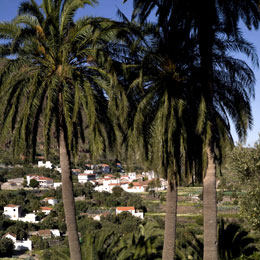
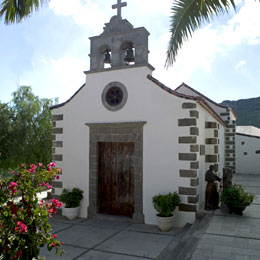
A company called Astroeduca also offers educational activities on astronomy, as well as trips for tourists around the summit and hilly areas of the island. Astroeduca managed to bring together 500 stargazing enthusiasts during the shower of shooting stars of Perseids, while its educational and communicational goals have been coming together over the last few years too.
It has an observatory perched right in the middle of the island, called the Roque Saucillo Astronomic Centre at San Mateo, where hundreds of school children come along for their first astronomical experience.

This observatory, CARS, is the basis for which Astroeduca disseminates its scientific work and develops its star-gazing tourism. It is an urban observatory where they organize part of their activities programme, helped along by the Vega de San Mateo Town Hall. It is on the top floor of the Municipal Music School and has an MPG code that it shares with the Montaña Cabreja Observatory. It is equipped with 3 telescopes, measuring 0,28m, 0,20m and 0,06m respectively, fitted with CCD cameras. Alongside these are two Alpha Hydrogen telescopes,for observation and sun astrophotography. To contact them, just go to www.astroeduca.com
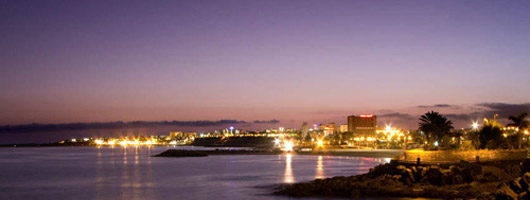
Astroeduca also organizes an annual get together under the stars, called The Star Party, an open event than any enthusiast may come along to. This is held at a different venue every year.
How about joining hiking with star gazing?
Discover the skies of Gran Canaria with Astroeduca.
Would you like to learn all about a sky full of stars?
At the AstroGC tour company we take you on excursions from your hotel, and show you the spectacular starry skies over the mountains to the south of the island.